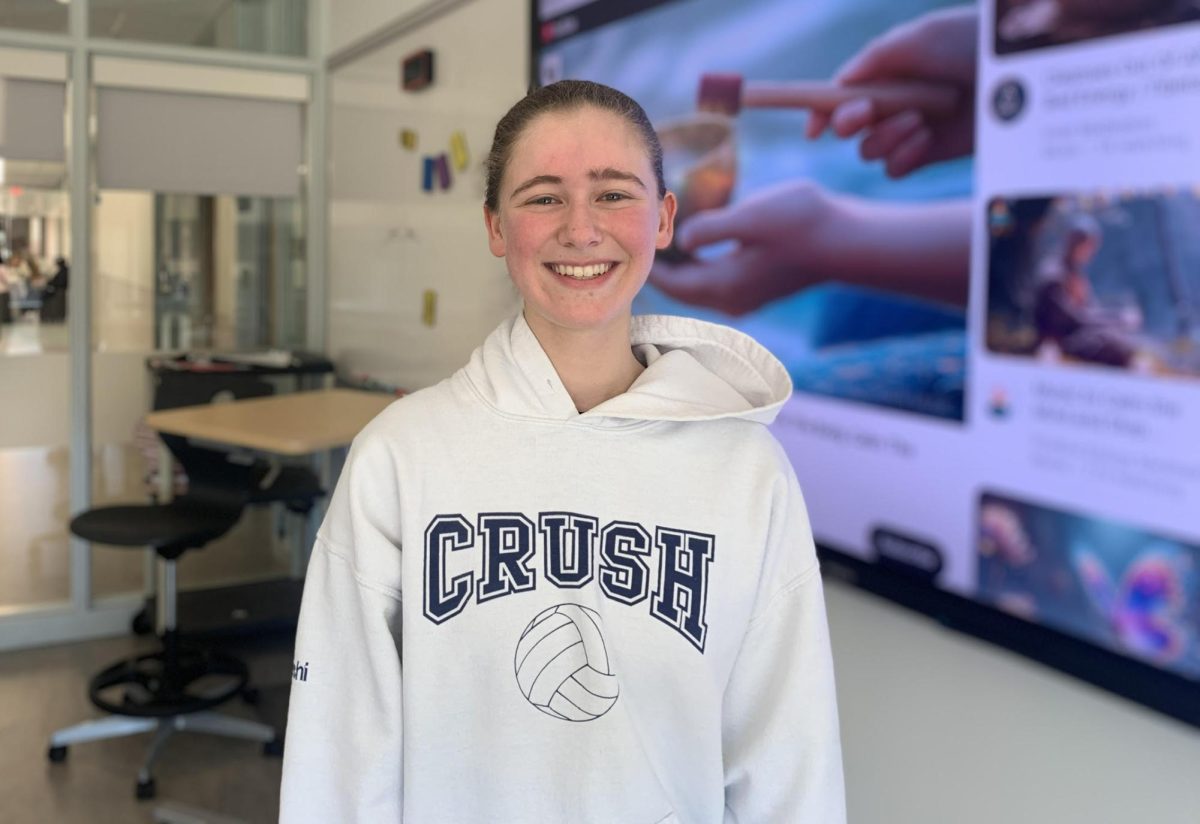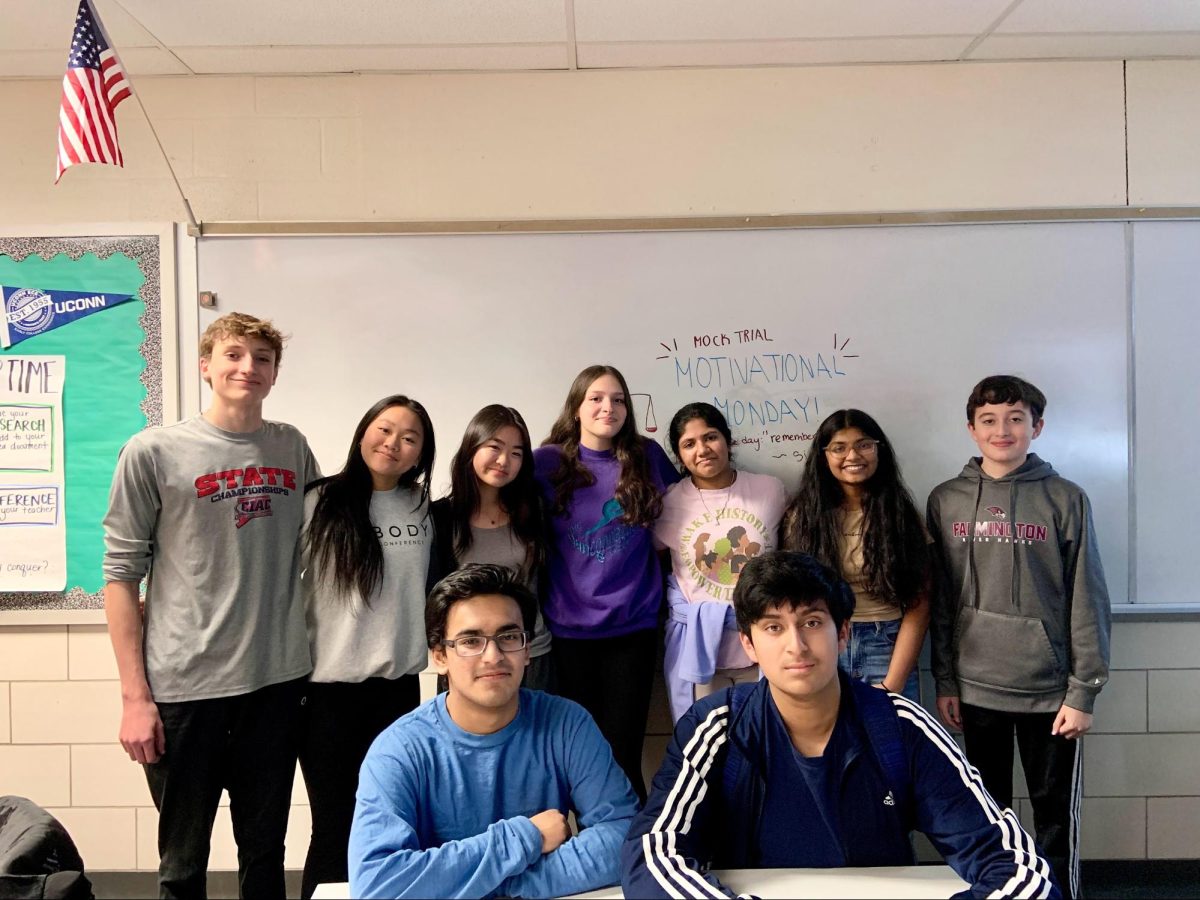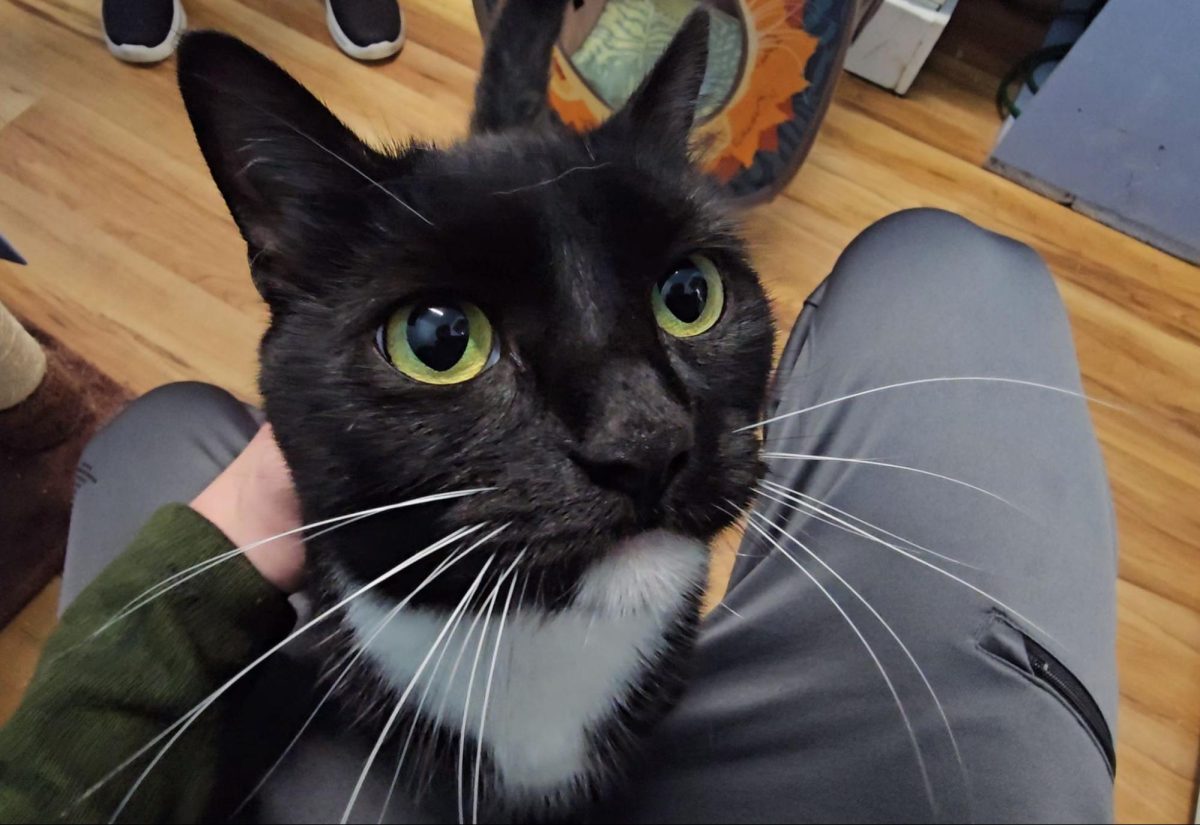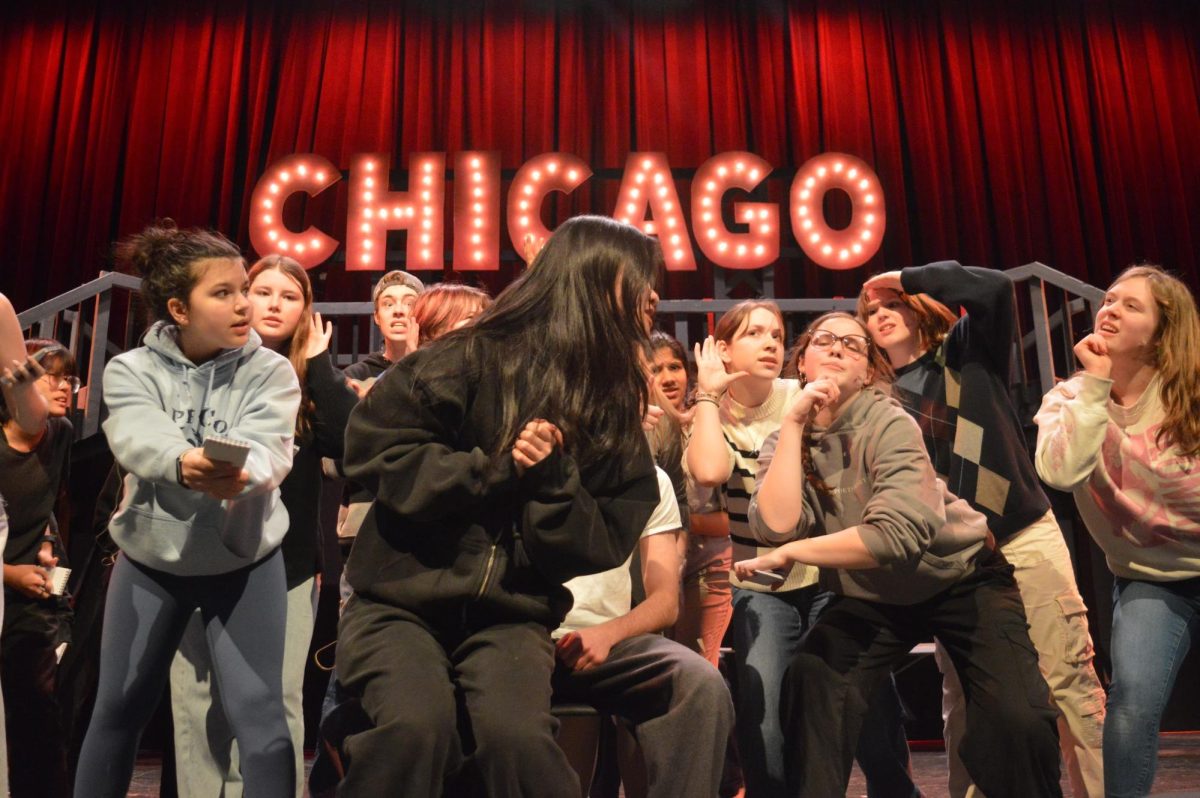The implications of the date “May 1st, 2025” could mean either excitement or stress for high school seniors. This dreaded or magical date, dubbed “decision day,” is the date that almost all colleges and universities across the country require their future students to confirm their enrollment in the class of 2029. While this day itself is filled with the excitement of soon-to-come new beginnings, the months leading up to this date is nothing short of worrisome. From more applicants than ever to new and changing admissions policies, this class has faced unique challenges and opportunities that distinguish their journey from previous classes.
The admissions cycle witnessed a notable increase in college applications this year. The Common Application reported a 4% rise in the number of applicants and a 6% resize in total applications submitted compared to last year. Along with this, students as a whole are applying to more institutions, the average number of applications for students increasing from 6.06 to 6.14. This growth is particularly present in the South and Southwest regions. The University of Texas at Austin has received a 32% increase in applications, along with the University of Tennessee experiencing a rise of 28%. This surge not only reflects the expanding appeal of institutions in southern areas but also demographic shifts.
The role of standardized testing, which was once deemed superior in college admissions, has shifted as well. The test-optional movement continues to influence admissions, with over 80% of U.S colleges and universities not requiring SAT or ACT scores for Fall 2025 admissions. However, some prestigious universities like the University of Texas at Austin and the California Institute of Technology now mandate standardized test scores.
Additionally, colleges are placing greater emphasis on constructing diverse communities in their student bodies. Applications from underrepresented minority students increased by 12%, beating the 2% rise among non-underrepresented minority applicants. Programs like EMERGE in Houston are detrimental in this shift, which guide low-income first-generation students toward top-tier colleges, producing a 90% enrollment rate in 4-year colleges among its participants.
The overall heightened competition and changing landscapes in the college application world have led to an increase in stress among students. A survey revealed that 73% of students reported high or very high stress levels during the application process, which is a significant jump from previous years.
“Something I struggled with during the college application process was managing my time effectively,” says FHS senior Paige Bigelow, “I applied to a lot of colleges, had extra-curricular activities, and AP classes I was focusing my attention on, it was a very busy time.”
In response, admissions officers are seeking authenticity among their applicants, looking beyond simply grades and test scores. Admissions officers seem to value genuine personal statements and a clear sense of purpose, highlighting unique experiences and opinions.
“We are always super proud of our seniors,” says FHS Counselor Kimberly Hudock, “it’s always an incredibly impressive list of where our students go, and knowing it’s harder and harder to get accepted into these colleges makes us really, really proud.”
With all these difficulties, the success of getting into college is well worth the day of celebration and excitement for the class 2025. As they embark on their higher educational journeys, these experiences will shape both their academic and future pursuits, as well as the future of college admissions for upcoming graduating classes.














